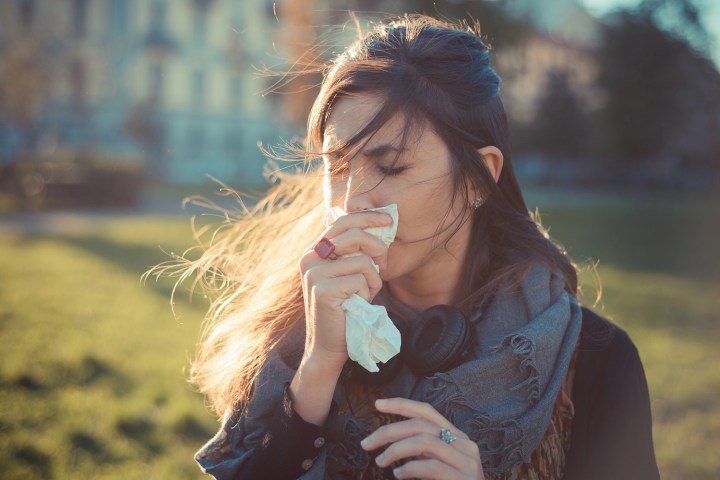Could overhead ultraviolet (UV) lights in offices and public spaces be used to stop and kill airborne flu viruses in their tracks? Quite possibly yes, claim researchers at the Center for Radiological Research at Columbia University Irving Medical Center.
For decades, scientists have known that certain wavelengths of ultraviolet light are able to effectively kill bacteria and viruses by destroying the molecular bonds that hold them together. This type of UV light treatment is widely used to decontaminate surgical equipment. Unfortunately, it can’t be used in public spaces because it is a health hazard which can lead to both skin cancer and cataracts. Fortunately, a way around this problem may have been discovered by Columbia scientists — and it involves a type of UV light called far-ultraviolet C, also known as far-UVC.
“We are using a specific type of ultraviolet light to selectively damage viruses and bacteria while being safe for human exposure,” David Welch, an associate research scientist at Columbia, told Digital Trends. “The physical basis of this lies in the limited penetration depth of far-UVC – it can damage viruses and bacteria which are very small in size, while it is unable to penetrate and cause damage to human cells which are much larger. Far-UVC is distinct from conventional UVC lamps which are dangerous because those wavelengths penetrate much further.”
In a study, the researchers demonstrated that far-UVC light can inactivate aerosolized viruses like the common H1N1 strain of flu using only very small doses of light. The experiment involved releasing H1N1 into a test chamber and exposing it to low doses of far-UVC light, and then comparing it to a chamber that was not exposed to the far-UVC light. The chamber exposed to the light saw the flu viruses deactivated with the same efficiency as conventional germicidal UV lights. What makes this extra exciting is the fact that such far-UVC lamps cost less than $1,000 per lamp — and this cost would undoubtedly be driven down significantly were they to be mass produced. In other words, this technology could be made available to the masses.
“Our next steps are to continue our safety tests,” Welch continued. “Up to this point we have mainly looked at short term endpoints to determine damage, and these have all shown that far-UVC is safe. Future testing will extend this to examine the effects of exposure over a longer time period.”
A paper describing the work was recently published in the journal Scientific Reports.



